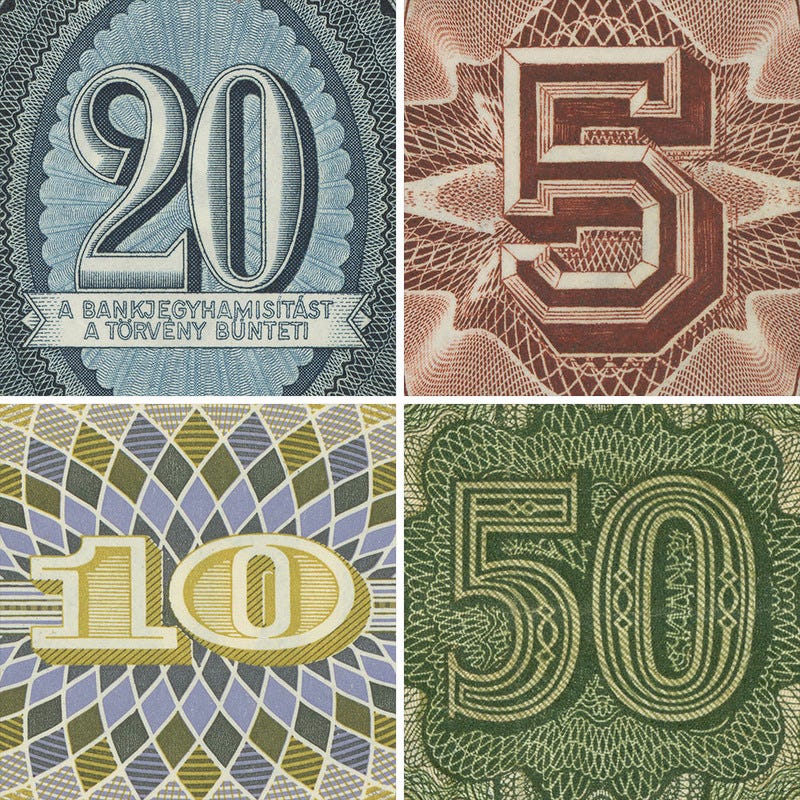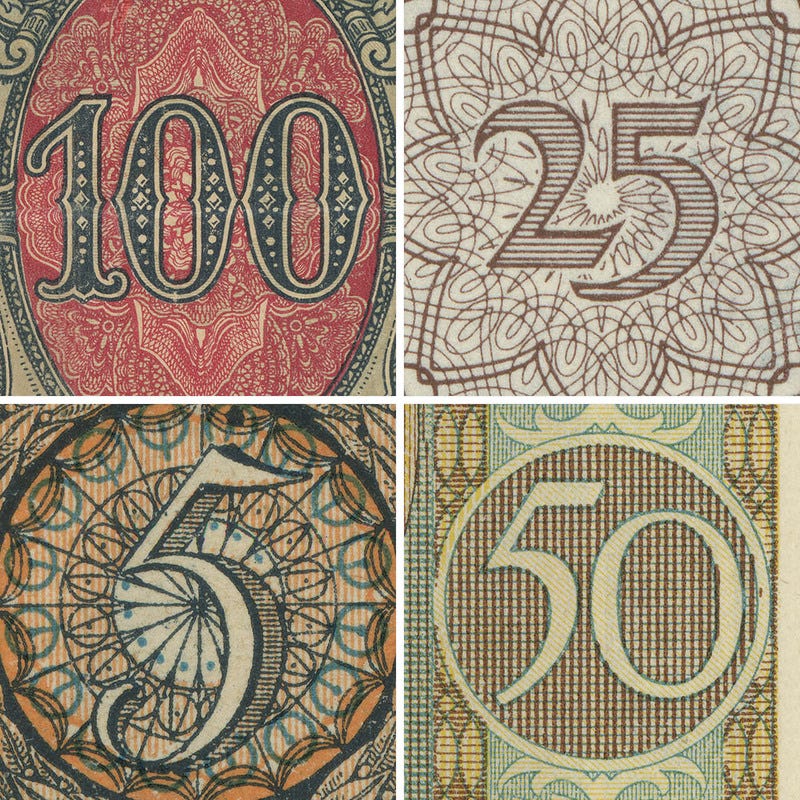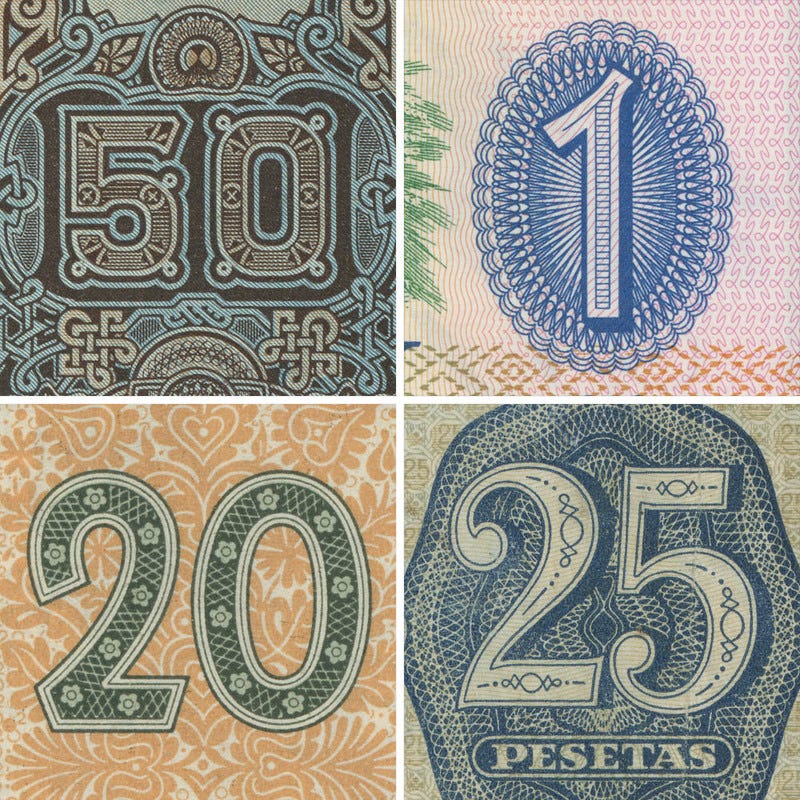Dribbble is a painkiller, not a vitamin

This year, a major focus for me has been to grow as a designer, and I’m writing this to myself as much as to other designers I’ve interacted with and mentored.
Many of us within the design community (especially younger designers) have fooled ourselves into thinking we’re growing when we’re not. Though this behavior manifests itself in myriad ways, it’s most clearly manifested itself on Dribbble, the popular designer showcase. And to be clear, it’s not Dribbble the platform that’s the problem, nor do I think its founders intended this. I love Dribbble, and think it’s a net gain for the design community at large. But for all of us it’s easy to get sucked into that false measure of quantitative growth Dribbble provides with likes and comments. We’ll this bad pattern of thinking “painkiller thinking.”
On Painkillers
The painkiller–vitamin metaphor has made the rounds in business circles, but I heard it the first time watching an episode of Apple’s app-themed game show Planet of the Apps (I know, I know—the show is super cheesy, but it has its moments). On one episode, one of the VC investors had the following to say about a product he was skeptical of:
A vitamin is something you should be doing every day, and it has a diffused benefit over time. In our experience as Venture Capitalists, we’ve found it’s much, much harder for products that feel like vitamins to reach scale and be successful than products which are more like painkillers: where the user is grasping for any solution, right away, because they have a burning, pressing headache of some sort.
Someone pitched a “vitamin” idea when he was gunning for a “painkiller” idea. Painkillers sell. Quick, effortless results sell. People want their problem solved instantly, and money follows desires.
Dribbble, for most people, is a five-minute experience. Pop it open, like some shots, close it. Maybe if you’re doing research, you’ll even spend fifteen minutes collecting shots into a bucket. But you can only use Dribbble for reference when you’re creating visuals solely for 30-and-unders that pull from popular design styles of the last few years. Oh, and make sure you steer clear of all the useless designs that can exist nowhere else other than Dribbble itself.

Essentially, relying on Dribbble is the same as eating Cheetos™ instead of veggies. Great as a snack; horrible for three meals a day. It makes the bad hungry feel go away, but doesn’t leave you with many nutrients.

Dribbble is designed to give you that instant relief: it tricks you into thinking you’re growing and becoming a better designer in five minutes. But really all it did was stave your appetite for growth.
If you’re carefully monitoring your own thoughts at this point, you’re probably thinking “Yeah, yeah, OK. I get it. Dribbble is bad. What’s ‘good’ so I can agree or disagree with you and move on?”
If you’re thinking this way, you’re still looking for that painkiller—_that easy, quick solution. Stop seeking out painkillers, switch to everyday vitamins, and you’ll see great results _in six-to-twelve months.
On Vitamins
So what does this “everyday” behavior look like? One example that came to my mind is Tobias Frere-Jones, designer of the Gotham _typeface as well as many others you’ve probably used before (_Whitney, Archer, Interstate…).

In 2015, Tobias gave a talk on bank note design. More specifically, the hundreds of minute security details printers hid in their banknotes to detect counterfeits (it goes way deeper than the “hold up to the light” trick):
Behind that talk was years and years of research, and along the way, Tobias collected sample after sample after sample, initially to scratch a personal itch. His collection isn’t available online other than the samples he’s scanned for his blog, and I’m not sure just how large it is, but judging from him describing himself as a “pack rat,” and the obscene amount of niche references he drops on a regular basis, I’m going to guess a lot.



I want you to imagine the work it takes to build your own personal archive of design samples that have never been scanned and put online. Imagine traveling around the country to build your collection. Imagine the hours of digging through libraries’ flat files. Calling up historians on the phone. Calling someone after calling someone. Would you still do it if you got no immediate feedback? What if you couldn’t make a Dribbble shot, or viral tweet after every sample you found?
For Tobias, at least, the possibility of not hoarding all this ephemera wouldn’t even cross his mind. Because he’s not motivated by what will yield instant gratification, he’s seeking after what will yield slow, long-term growth. And he isn’t the only one building his own collection—this is a shared secret among many great designers, from Herb Lubalin and Paula Scher, to Tad Carpenter, Allan Peters, and Aaron Draplin—all have their own personal collections they’ve amassed, in secret, to no other end than their personal growth.
I am surrounded by tons and tons of things. And I’ve had to go dig it up in the deadest, weirdest places. Places where you have to talk to people, and other sketchy stuff like that.>
— Aaron Draplin
For all these designers, they know the true value in digging deep for obscure references yields the strongest, most informed work they can possibly produce. They don’t limit themselves to simply rehashing other designers and what’s popular; they pull from anything they can get their hands on. There’s a chasm of difference between the two.
That daily investment for long-term growth doesn’t always have to take the form of amassing a personal collection (though that never hurts)! Reading, studying, going to conferences, and finding a mentor yield the same effect so long as you are investing quality time into something, daily.
Next Steps: Experiment, fail. Repeat.
If you’re already doing most of these things, then this article wasn’t written for you. But if you’re lured by the temptation of measuring your growth with likes, you’re looking for painkillers to ease the pain of growth. Dribbble is like a cookie: a wonderful snack but awful as your only sustenance. Imagine this is your design mom talking: eat some veggies for once, and quit eating those pink heart cookies three meals a day.
So what does that look like? Here are some starting suggestions:
- Reading Meggs’ History of Graphic Design. Yes it’s $60, and yes, it’ll be the best $60 you ever spent. How can you justify what you’re doing in 20XX if you have no clue what led up until now?
- Reading books from your design heroes. Thoughts on Design by Paul Rand. Make it Bigger by Paula Scher. Things I Have Learned in My Life So Far by Stefan Sagmeister.
- Learning. To. Draw.
- Making a spreadsheet of every typeface from independent foundries (I believe what you heard was “a lot of typefaces.” I said “every typeface from independent foundries”), like Indra Kupferschmidt, a professional typographer, does. Pull from Typographica, Fonts In Use, and my personal foundry shortlist, if you don’t know where to start.
- Collecting items from archive sites like Archive.org and Fonts In Use. Both are ephemera goldmines from everything from ’80s imagery to mid-century car manuals (hint: you can use Archive.org’s advanced search to narrow by date, and on Fonts In Use you can search for “1980s,” etc.).
- Study film, gamedesign, or data visualization.
This should open the pathway to something like Tobias Frere-Jones’ bank notes collecting habit mentioned earlier. Start your own habit! The very thing you might need most for your personal growth looking is probably lurking in some place nobody could have ever pointed you to (not even a Medium article)—some place deep, and dark, and remote; a place only aimless wandering could have reached. Somewhere “likes” can never reach you.
To get to that place involves failure**.** _Daily _failure. But it’s when you’re most uncertain about your current experiment that you find exactly where you needed to be all along.
Failure is a big part of success. … You’re gonna run a lot of stuff, and it’s going to go nowhere. And you should be happy about that. If you’re doing that, you’re doing it right. If you’re not failing all the time, you’re not creating a situation where you can get super lucky. … You don’t want to be making mediocre stuff. That’s not why anybody wants to get into this.>
— Ira Glass